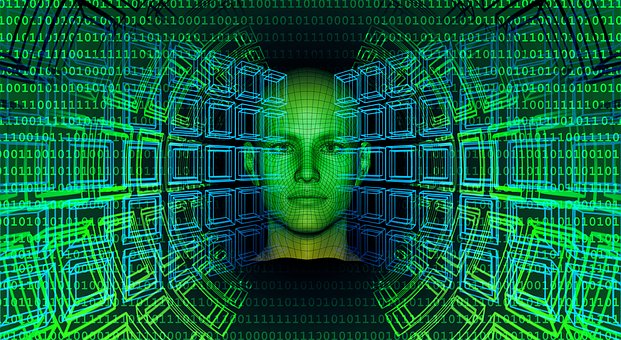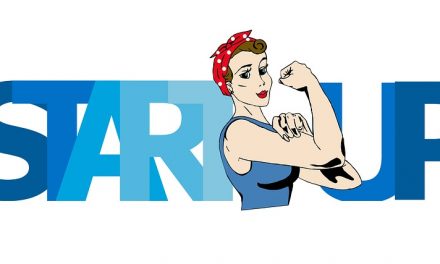Artificial intelligence promises to transform the economy, the nation’s workforce, industries and lifestyles. As in all things technological, AI is getting more accessible and less expensive.
But ostensibly it still isn’t being optimized by businesses. This means companies probably aren’t capitalizing on AI’s potential with effective strategies.
In remembering lessons from all business groundbreaking developments – from the industrial revolution to the Digital Age – it’s important for companies to maximize AI value with sufficient resources.
What’s needed? A cultural transference – “What?” you ask.
Collaboration of teams
Unfortunately, it’s common for employees to fear change at work. Without enthusiastic employee participation, this can also mean fear often hinders companies from innovating.
That’s why a cultural transference, or cultural change, is needed to get buy-in from employees. This, in turn, allows a company to profit from a full-team collaboration.
In other words, companies should not make the mistake of assigning AI development to just the information technology staff. Enlightened perspectives from all company stakeholders are needed.
So, businesses must get complete collaboration with representatives from all departments – operations, sales, human resources, IT and finance.
In this way, with the full perspective of all the teams, companies will be able to look at the big picture of marketplace challenges and how to advance AI.
Employee insights
Human intelligence must be included to make progress in AI.
For AI solutions, human intuition and judgment must complement tech’s algorithmic suggestions.
Management should encourage teams to think – not be risk averse – but be adaptable and experimental in their thinking and in offering their input.
Management’s role
Management should further prepare for scaling AI in strategy and execution.
This means orienting the staff on the importance of AI; anticipating obstacles to change; budgeting for design and training; and calculating what’s needed for achievability.
Next, management needs to determine the structure of responsibility and key roles – who does what and when.
Choosing an AI chief
There should be an AI leader/liaison. That person plans and oversees all the assignments from business functions to AI training.
The AI chief must decide whether he/she or the subordinates will determine the scope of projects – building, design, test and management for scaling AI.
Th AI chief should find subordinates to carry out the work. Subordinates would handle duties every thing from handling workflow design to end-user training.
Accountability for execution must be decided for who implements the projects to build, positions and scrutinizes the progress.
Company-wide education
Culturally, everyone in the company needs to be educated.
Starting with management, there needs to be at least a fundamental understanding of AI for business and technical necessities.
Then, throughout the organization chart – other decision-makers in HR, operations, finance, marketing and sales – should be educated and trained in using AI.
Reinforce changes
As in all cultural change, an AI transformation needs to be reinforced.
Leadership must be good role models. They need to learn all they can and then inspire the workforce to learn and implement AI.
Scorecards for metrics must be developed to align the objectives. Monitoring and tracking must be enabled.
Ultimately, employees need to be motivated to adopt changes, and those who work to make the AI progress possible should be rewarded.
From the Coach’s Corner, here’s more on AI:
Artificial Intelligence: How to Maximize Your ROI – You will maximize your return on investment in AI with these strategies.
Artificial Intelligence: U.S. Lags Behind in Educating Students – Study – America’s educators rank just ninth among all nations in terms of preparing students for the real world of automation, according to a study released by a research group associated with The Economist magazine. Here are some solutions.
As Tech Disrupts, HR Strategies to Meet Future Staff Needs – Tech innovations such as artificial intelligence, 3D printing and driverless cars threaten businesses that already have challenges in human resources. It’s critical to identify the future skills and roles companies will need in their staffing, and to make needed changes. Here’s how.
“The thing that’s going to make artificial intelligence so powerful is its ability to learn, and the way AI learns is to look at human culture.”
-Dan Brown
__________






